
Many science fiction movies aim high but fall flat, resulting in difficult productions, disappointed viewers, and becoming well-known examples of what not to do. This list focuses on films that faced problems during production, were poorly received by audiences, or both – considering things like troubled filming experiences, box office failures, and questionable creative decisions that people still talk about today.
‘Battlefield Earth’ (2000)

Based on L. Ron Hubbard’s novel, this film takes place in the year 3000 and features John Travolta and Barry Pepper. Director Roger Christian used unusual camera angles and a lot of makeup to show an alien takeover of Earth. However, critics disliked the story and how the movie looked, and it won several Razzie Awards. The film didn’t do well in theaters and plans for a follow-up were cancelled.
‘Plan 9 from Outer Space’ (1959)

Ed Wood made this movie by combining footage of Bela Lugosi filmed before he passed away. Because of a limited budget, the film used simple sets, obvious special effects, and body doubles to finish scenes. When it was first released, it didn’t receive good reviews and wasn’t widely seen. However, over time, it became famous as a prime example of a poorly made, but strangely beloved, science fiction film.
‘Highlander II: The Quickening’ (1991)
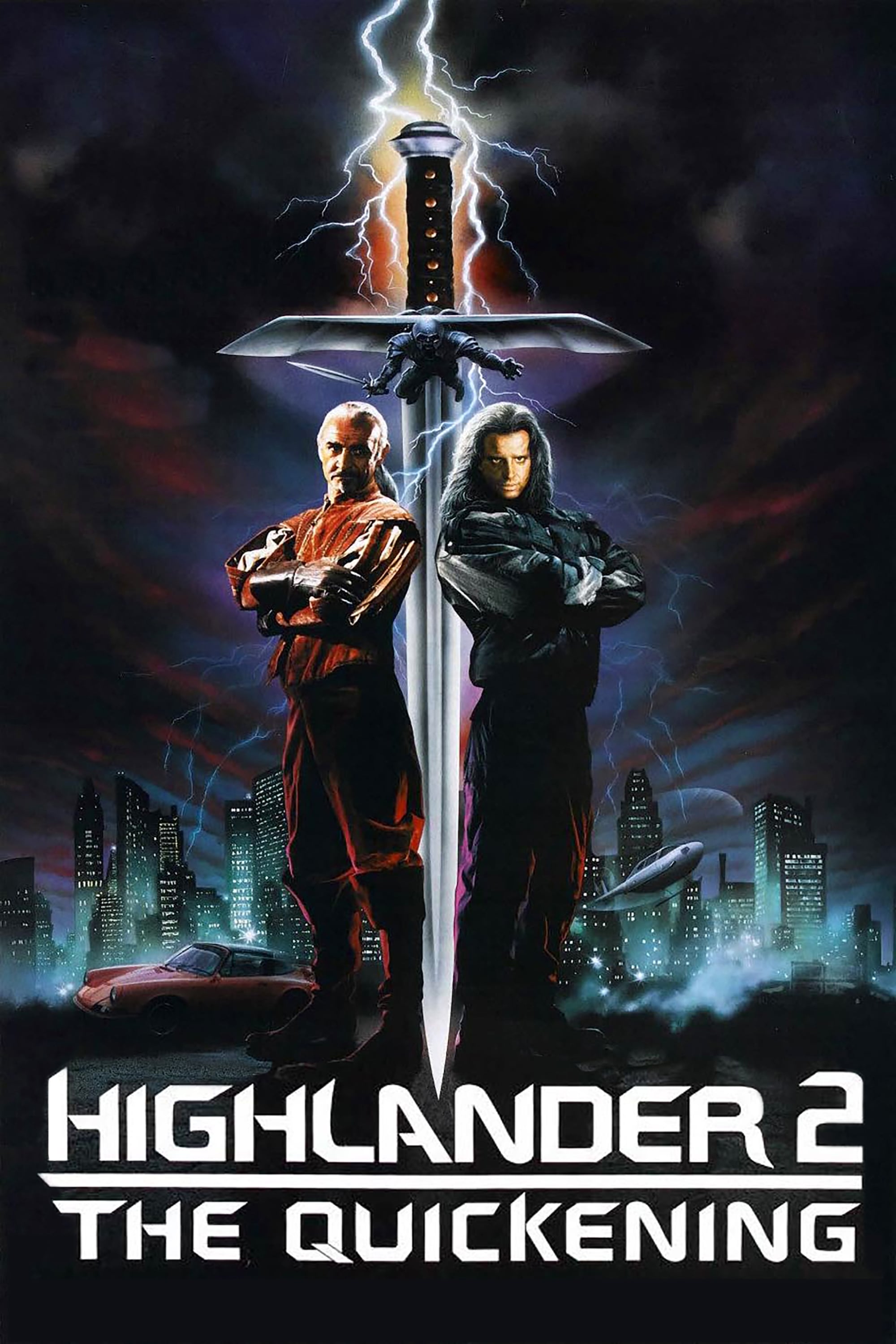
A disagreement during production in Argentina resulted in a version of the film that swapped the original fantasy storyline for a science fiction one involving aliens. After the film was released, several different versions appeared as the filmmakers argued about how to edit it. Fans disliked the new alien-based story and the inconsistencies it created. Later films in the series had to correct many of the choices made in this particular sequel.
‘The Adventures of Pluto Nash’ (2002)
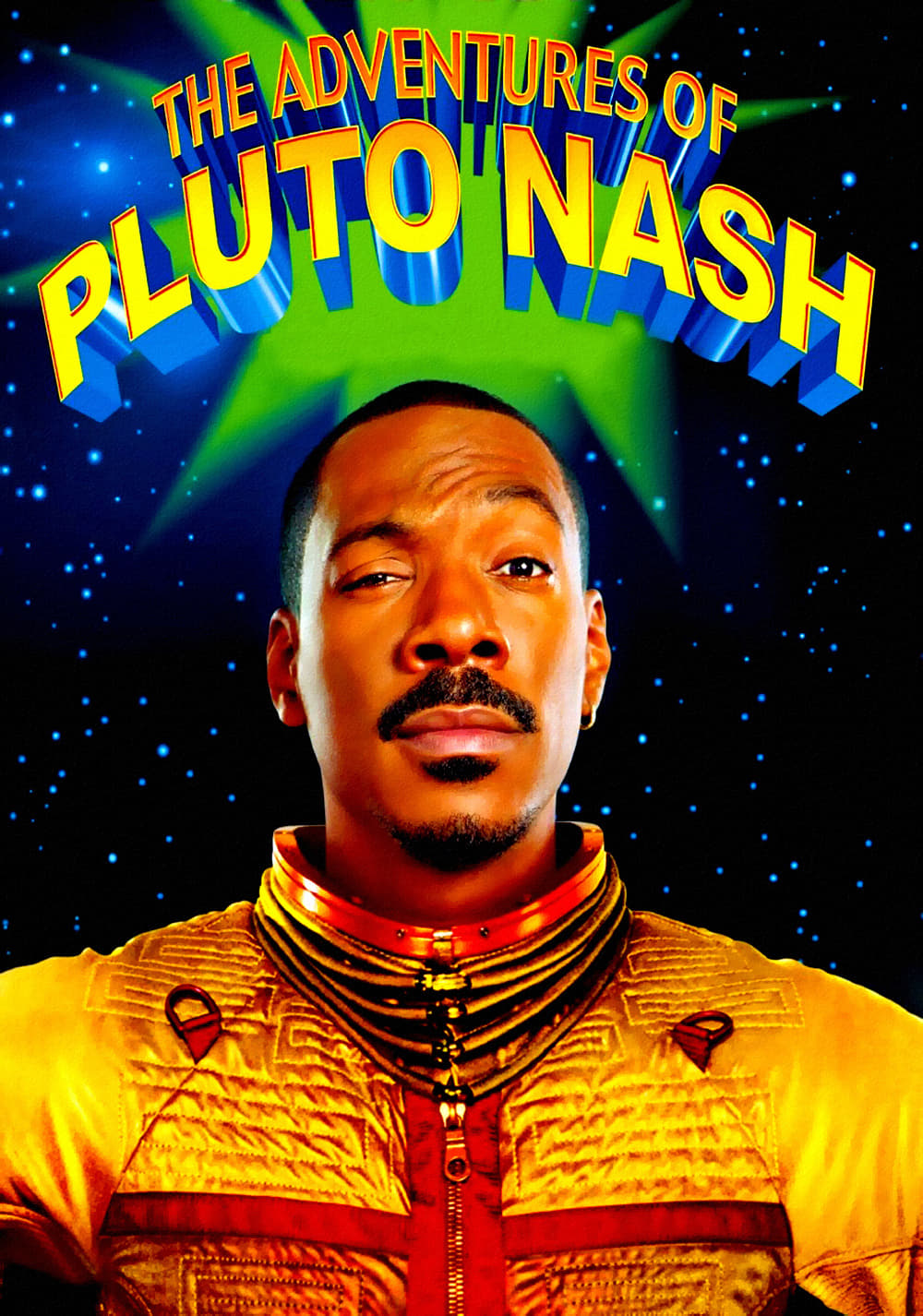
This comedy, starring Eddie Murphy, takes place on the Moon and follows a nightclub owner who gets mixed up in a crime. The movie faced numerous production issues, including delays and reshoots. Unfortunately, the marketing didn’t resonate with audiences, and it performed poorly in theaters. With a high reported budget, the film became well-known as a major box office failure.
‘A Sound of Thunder’ (2005)

The film, based on a Ray Bradbury time travel story, ran into trouble when the company creating its special effects experienced financial difficulties. As a result, the final version had incomplete-looking computer-generated imagery and visual inconsistencies. The release was delayed multiple times, and in some areas, it only played in a small number of theaters. Critics noted that the movie didn’t live up to its promising original idea.
‘Supernova’ (2000)
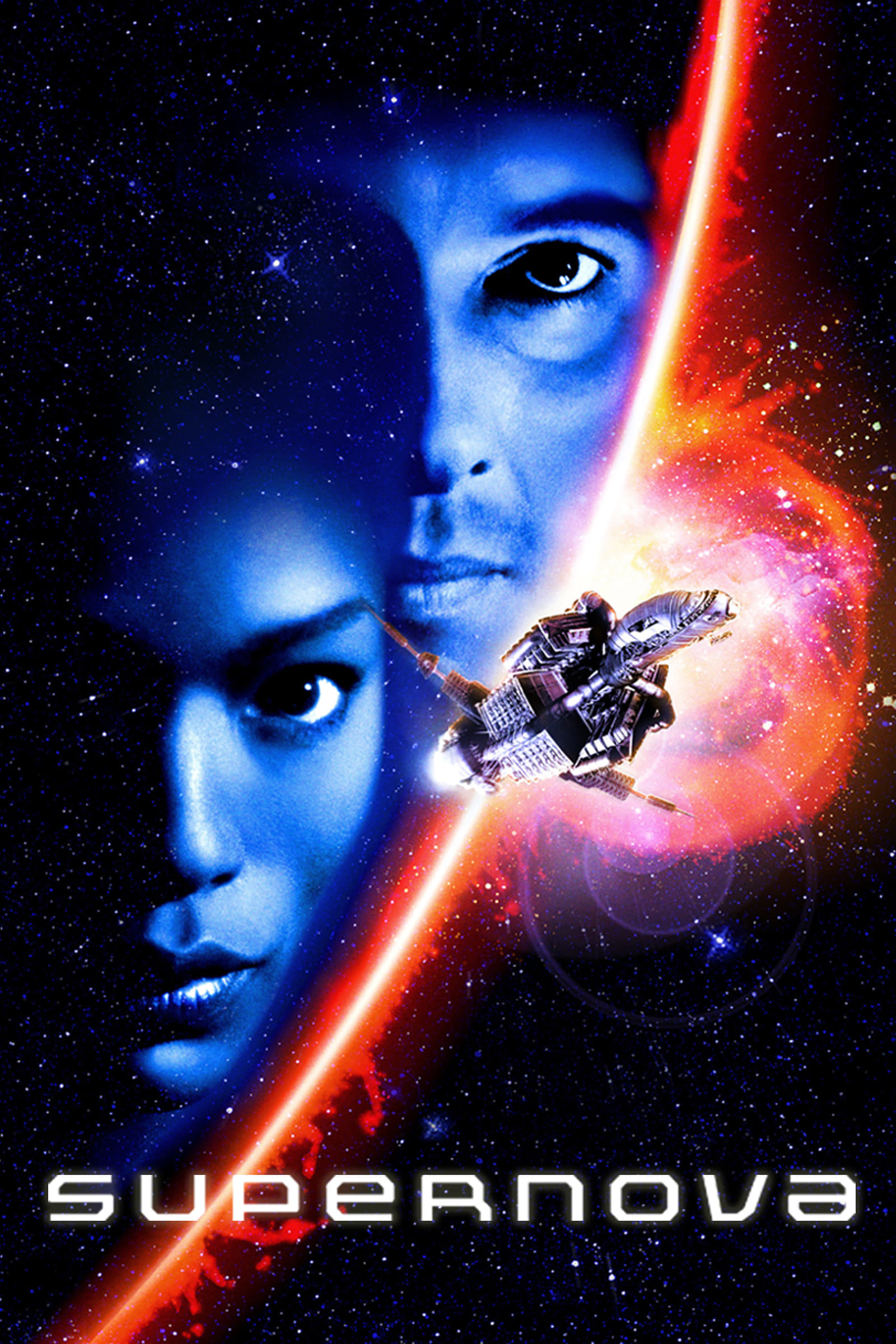
This sci-fi rescue movie had a troubled production, going through multiple directors and edits—one director even used a fake name. After filming, extra editors were brought in to revise scenes and the overall feel of the movie. The final version released in theaters felt disjointed, like it was made up of conflicting visions. As a result, audiences didn’t go to see it, and critics pointed out that the movie’s messy creation was obvious on screen.
‘Ultraviolet’ (2006)
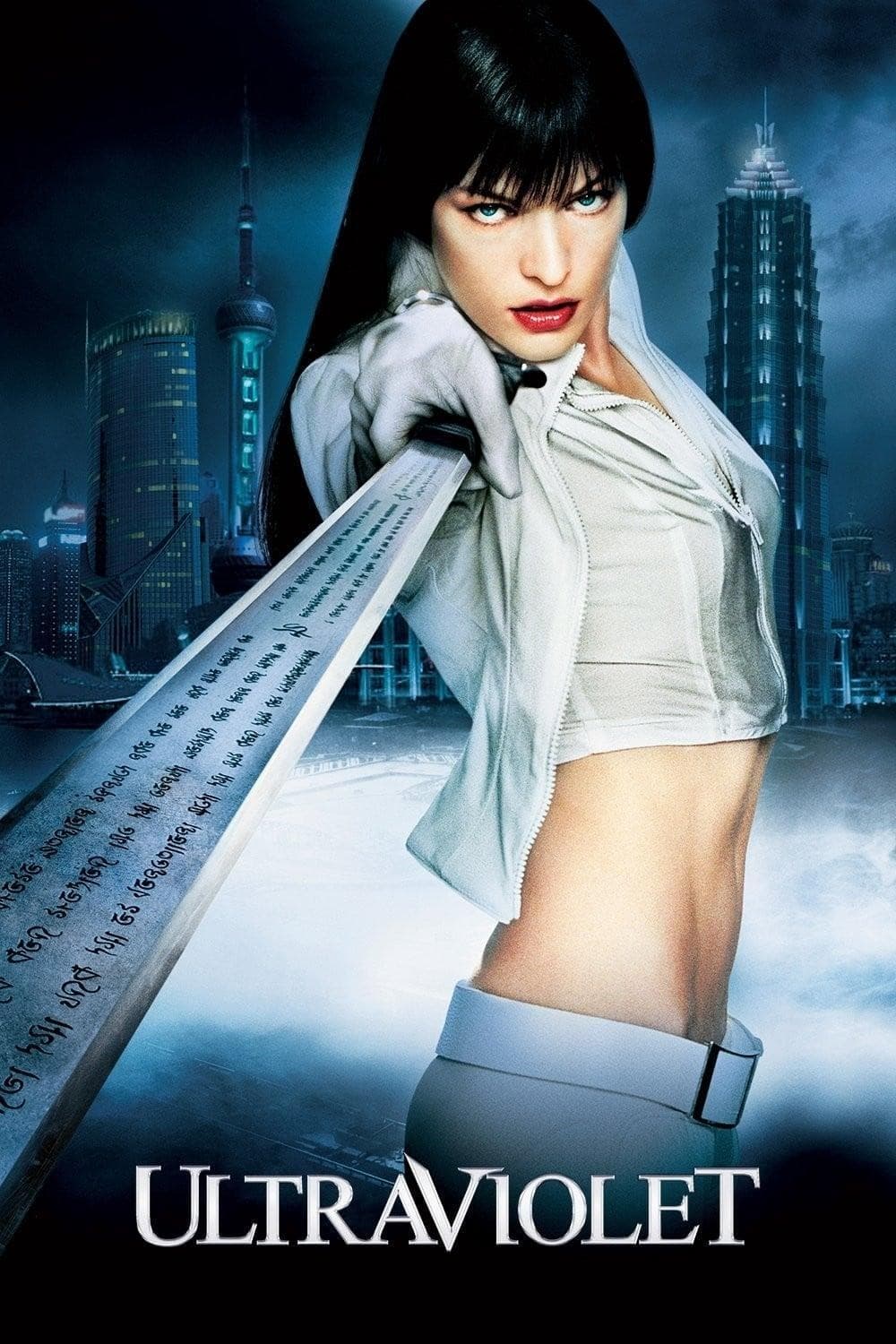
Milla Jovovich played the lead role in a science fiction film about a genetically engineered woman on the run from a powerful, controlling government. The studio released a shorter, more mainstream version of the film that cut out important details about the story’s world and characters. While the movie looked visually impressive with its special effects and color scheme, the plot became confusing and difficult to understand. Ultimately, the film received negative reviews and wasn’t successful in theaters.
‘Wing Commander’ (1999)

Director Chris Roberts brought his popular video game series to the big screen with exciting space battles and pilots reminiscent of naval combat. However, the film relied on older visual effects – including models and early computer graphics – that didn’t look good on the large screen. While a strong trailer initially attracted viewers, negative reviews and disappointed fans quickly spread. Ultimately, the movie failed to capture the feeling fans loved about the games and performed poorly in theaters, hindering the franchise’s momentum.
‘The Darkest Hour’ (2011)
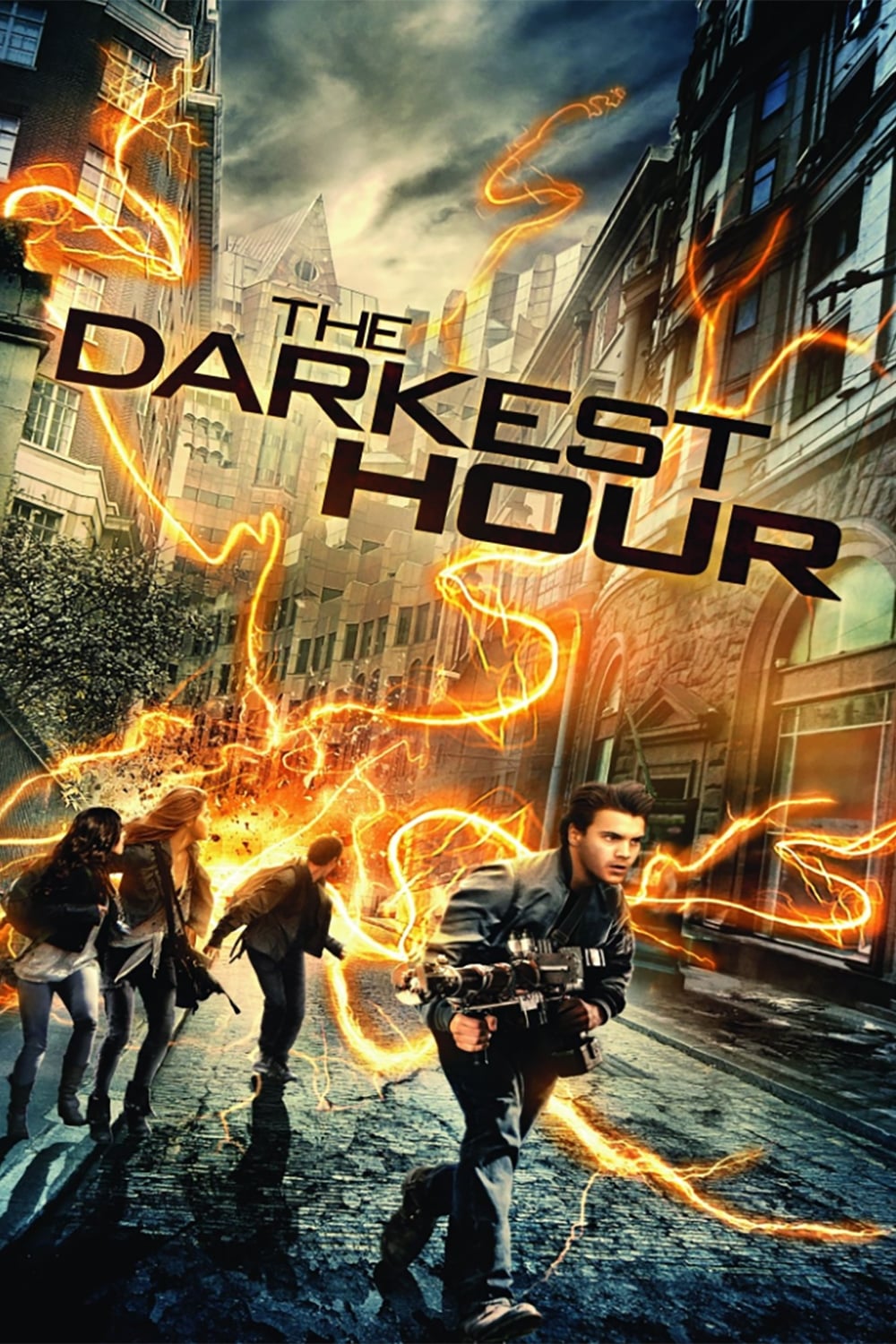
This sci-fi movie, set in Moscow, centers around an alien invasion by unseen energy creatures that destroy everything they target. While released in 3D to enhance the visual experience, it didn’t improve the film’s overall reception. Despite being an international production, it failed to generate much interest in its home market. Reviewers criticized the movie for having underdeveloped characters and predictable action sequences.
‘Skyline’ (2010)

The Strause brothers created a film about alien abduction, utilizing the resources of their visual effects company. Because it was made on a small budget, the movie focused more on special effects than on developing its characters. A disagreement with another studio over similar concepts became public news. Although the trailers looked promising, critics didn’t like the film, and it quickly disappeared from theaters.
‘Independence Day: Resurgence’ (2016)
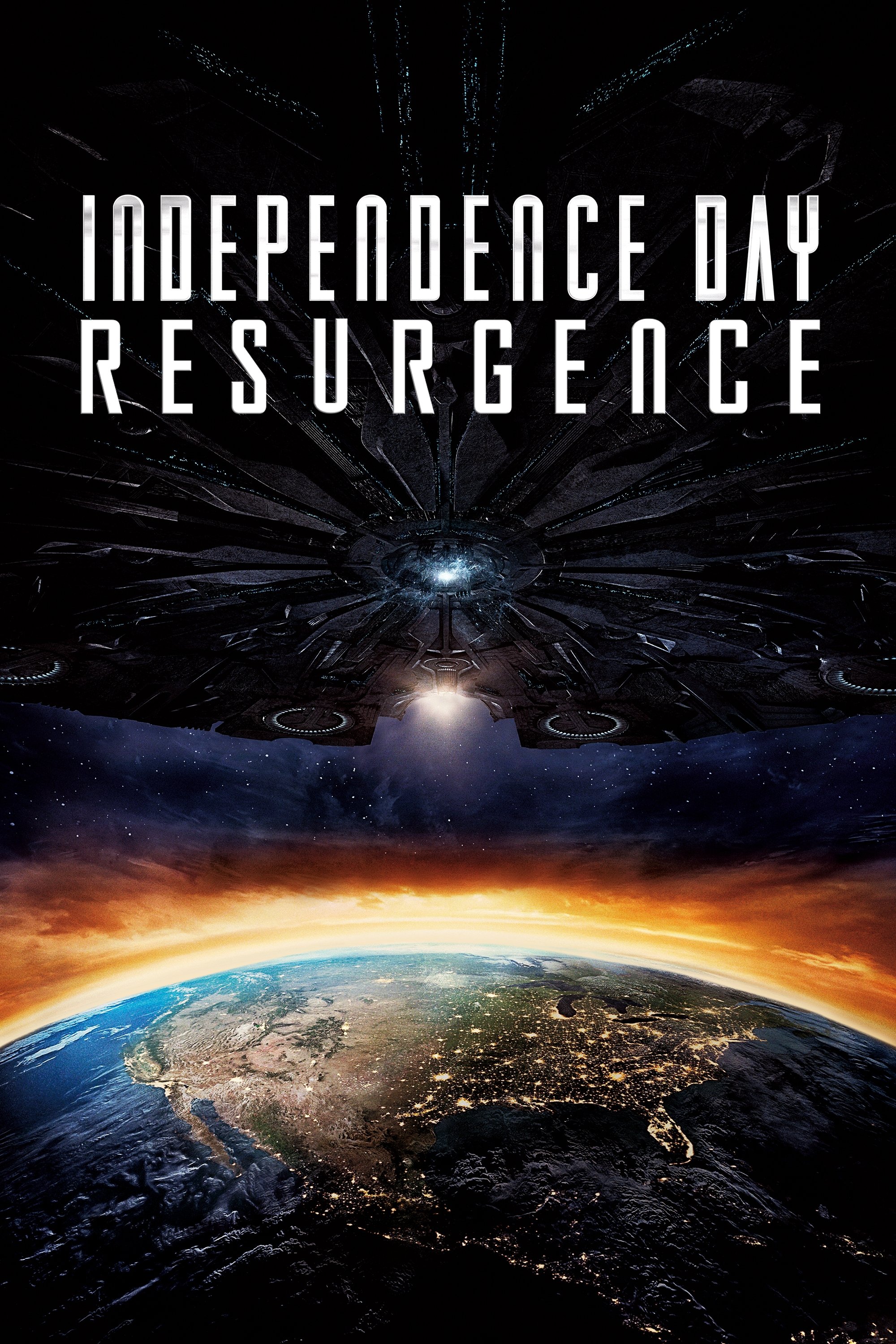
Roland Emmerich directed the sequel, but without the original lead actor, and broadened the scope of the alien invasion to encompass the entire world. The film relied heavily on special effects and references to the first movie. While it initially generated excitement, it didn’t maintain the same long-term popularity. Critical reviews were mixed, and audience reactions were lukewarm, effectively ending plans for another installment.
‘Moonfall’ (2022)

The film presented a large-scale disaster scenario where the Moon itself was revealed to be a massive, failing machine. It relied heavily on computer-generated effects and scenes of widespread destruction. However, its release was hampered by the pandemic, preventing it from earning back its production costs in cinemas. Critics generally found the plot to be illogical and the characters underdeveloped.
‘After Earth’ (2013)
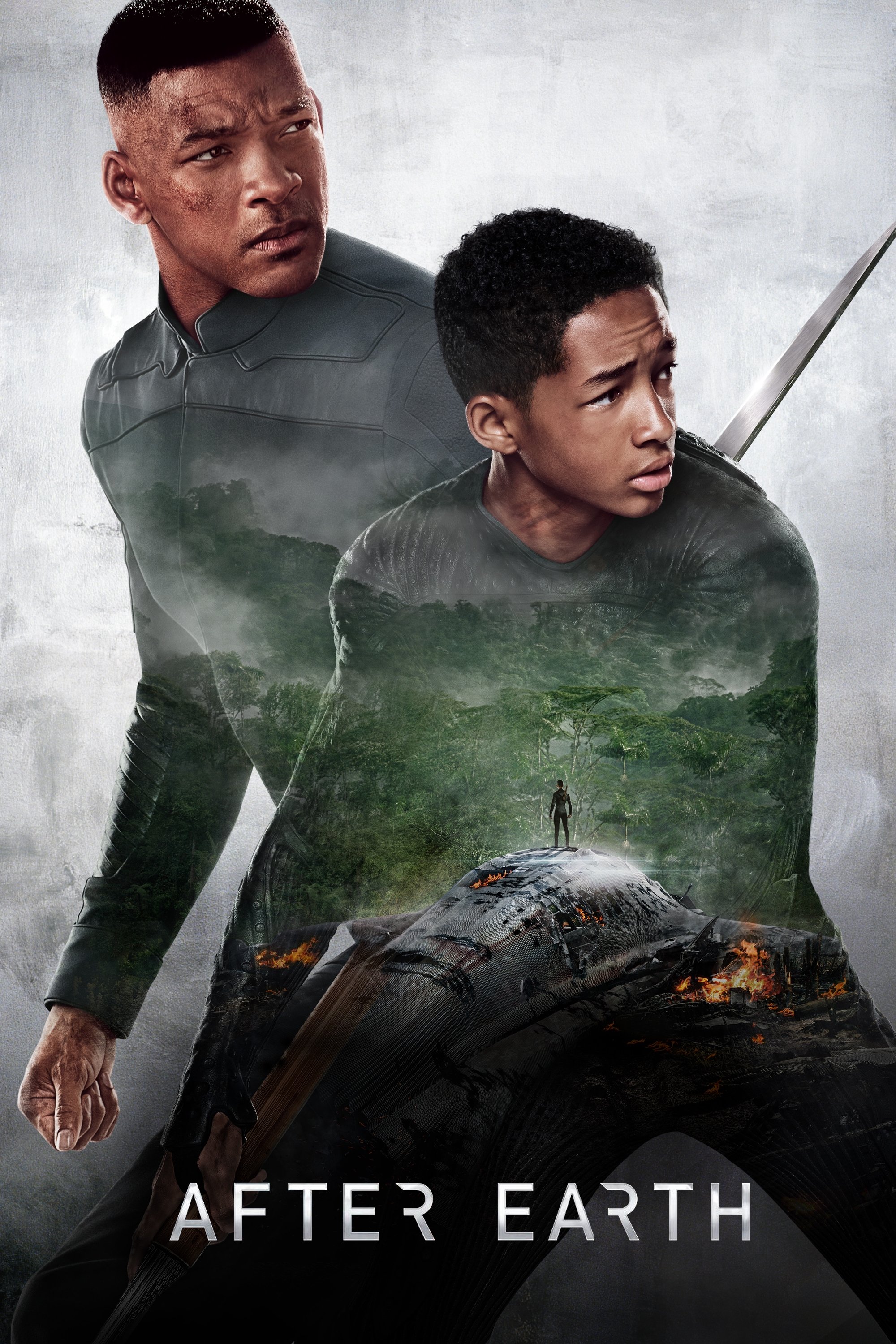
The movie starring Will and Jaden Smith told a story about surviving on a future Earth where nature had taken over. While the marketing focused on creating a new science fiction universe, critics didn’t respond well. It didn’t do well in US theaters, and although international audiences showed some interest, it wasn’t enough to save the film. As a result, plans for expanding the story into other media were put on hold.
‘Jupiter Ascending’ (2015)

The Wachowskis created a visually stunning science fiction epic filled with detailed costumes, imaginative creatures, and complex political maneuvering. However, the film’s release was delayed, putting it at a disadvantage. Many people found the story’s complicated world difficult to follow, and despite being shown worldwide, it didn’t earn as much money as it cost to make.
‘Dragonball Evolution’ (2009)

This live-action movie, based on a popular anime, changed characters and locations from the original story. Fans didn’t like the choices made for the actors, outfits, or action scenes. The anime’s creator, Akira Toriyama, was also unhappy with how the movie turned out. Because of the negative reaction, the studio decided not to make any more live-action films based on the series.
‘Mac and Me’ (1988)
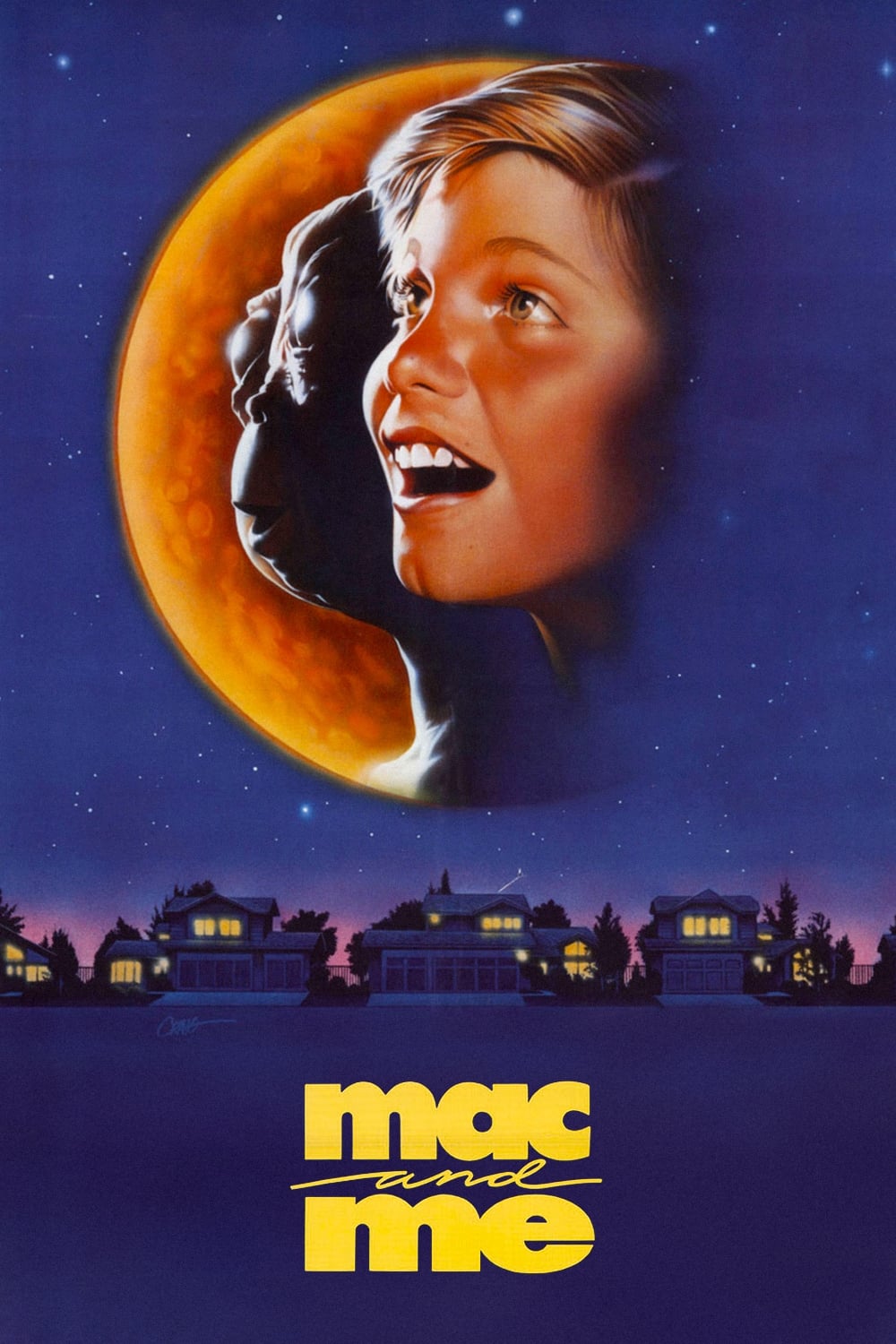
Okay, so I recently watched this movie about a kid who meets an alien, and honestly, it felt like one long advertisement! They really shoved products in your face the whole time. Everyone remembers this one crazy dance scene that happened in a burger place – it was all anyone talked about. Sadly, it ended up getting nominated for a bunch of Razzie awards, and it didn’t do well in theaters at all. It basically became a joke you’d hear on late-night TV.
‘Super Mario Bros.’ (1993)

The 1993 film starring Bob Hoskins and John Leguizamo as the Mario brothers was set in a strange, futuristic city ruled by evolved dinosaurs. The movie’s production was messy, with the script constantly being changed, resulting in a final product that felt tonally inconsistent. Its dark, cyberpunk look was a departure from the bright, family-friendly world of the video game, and it ultimately disappointed at the box office, putting a pause on attempts to adapt Nintendo games into movies for quite some time.
‘The Island of Dr. Moreau’ (1996)
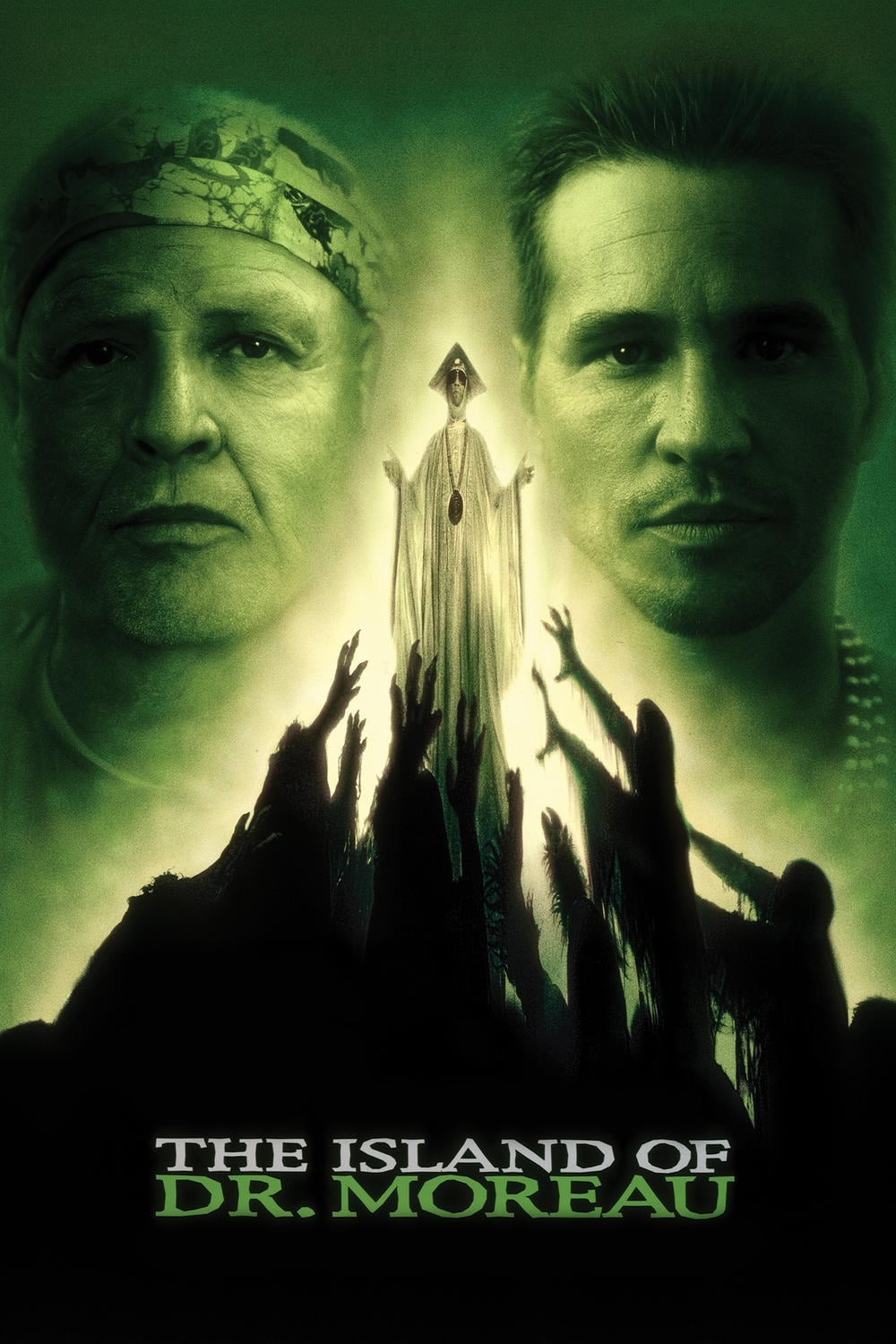
The film’s production was difficult, leading to a change in directors – Richard Stanley was replaced by John Frankenheimer early on. Frequent clashes between stars Marlon Brando and Val Kilmer became widely publicized. Despite impressive makeup and creature designs, the film suffered from a weak and disjointed story. A later documentary thoroughly examined the entire, troubled process from beginning to end.
‘The Happening’ (2008)
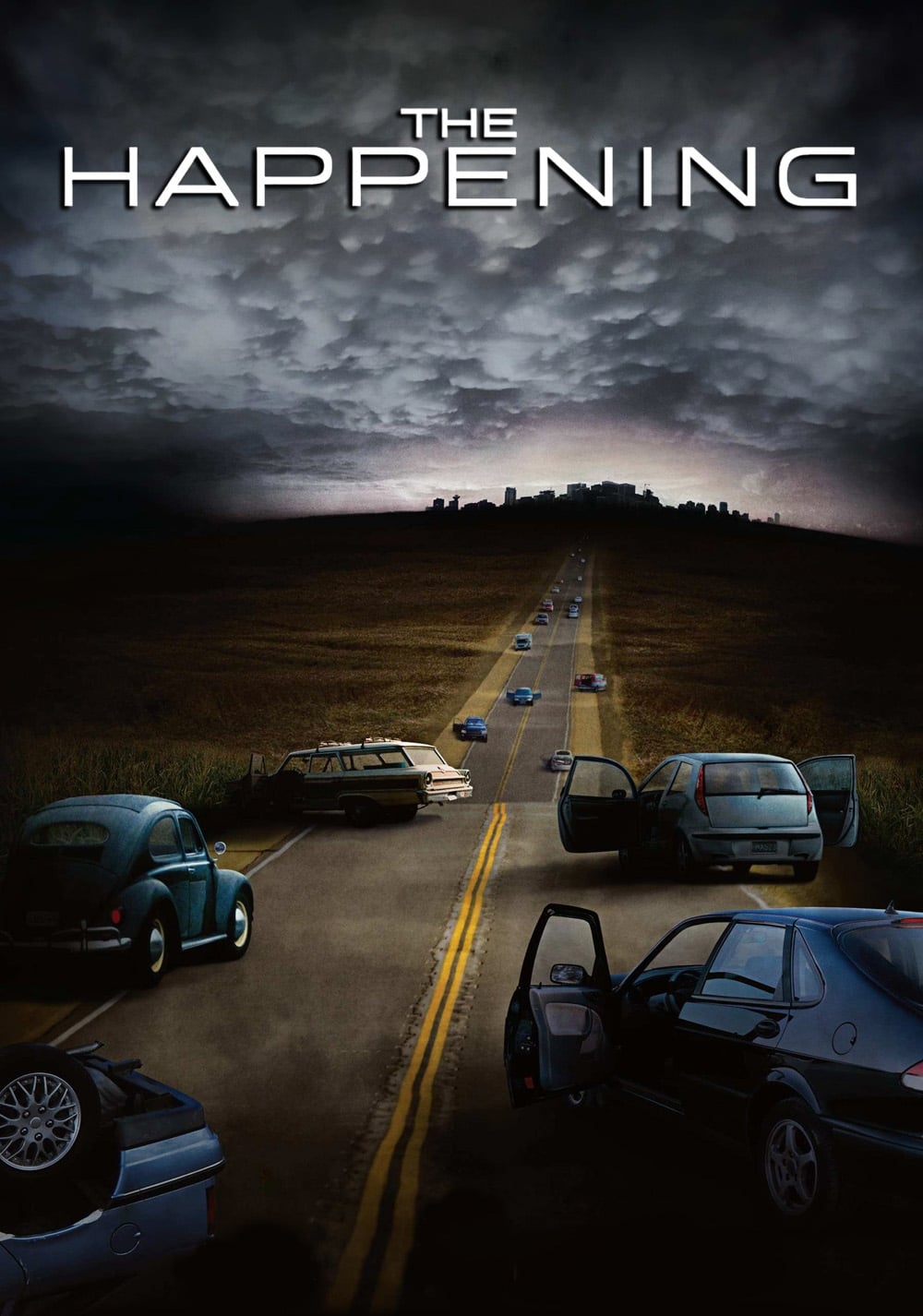
M. Night Shyamalan’s latest thriller centers around people grappling with a sudden surge of mysterious deaths seemingly caused by the natural world. While the movie initially earned an R rating and had a strong opening weekend, ticket sales quickly dropped. Many viewers found the dialogue and how characters acted in important scenes to be unconvincing. Ultimately, the film is remembered more for its intriguing idea than for consistently building tension.
‘The Core’ (2003)
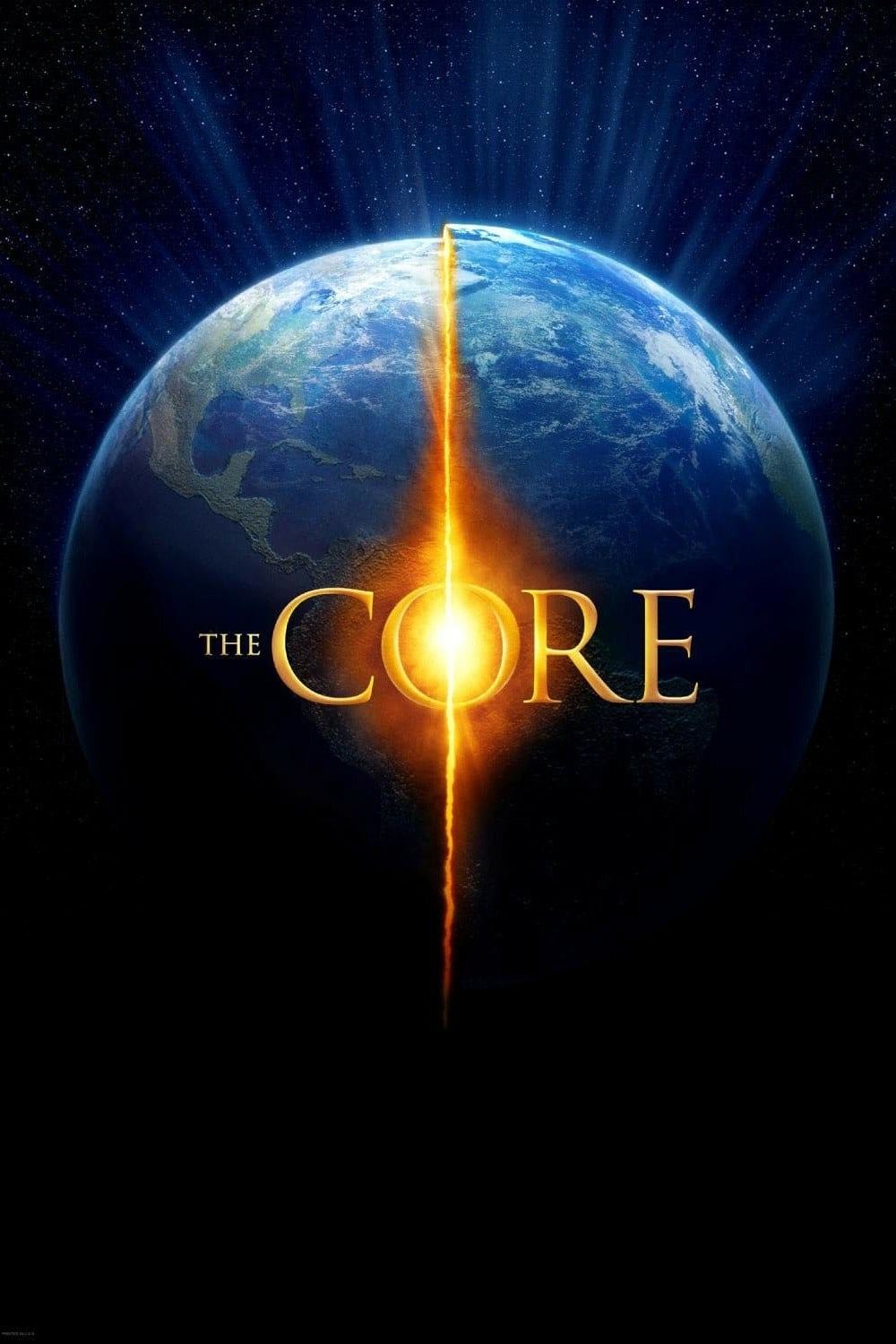
A movie depicts a team using nuclear explosions to reignite the Earth’s rotation by drilling to its core. However, scientists quickly identified many geological errors, making the film a popular example of how not to portray Earth science. The special effects, relying on practical models and miniatures, haven’t aged well compared to modern computer-generated imagery. As a result, the film was seen as a fleeting, momentary thrill and quickly forgotten by audiences.
‘Terminator Genisys’ (2015)
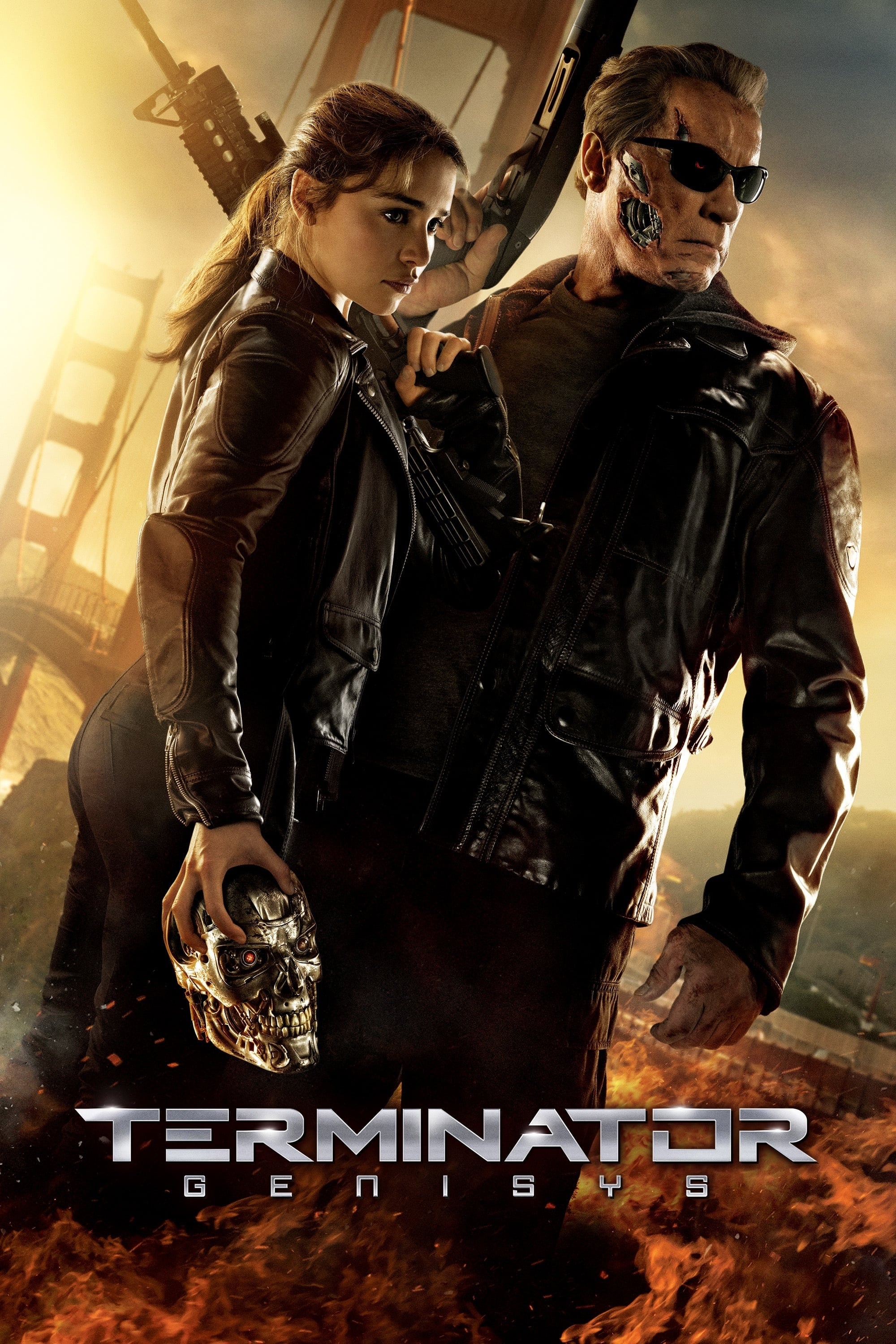
The latest installment of this series reimagined the story with a new timeline and added Emilia Clarke and Jai Courtney alongside Arnold Schwarzenegger. A big marketing push revealed a key plot point about John Connor that many fans felt was given away too early. The film relied heavily on visual effects and large-scale action, while also including references to previous movies. Although it performed well internationally, lower interest in the US prevented plans for a follow-up from moving forward.
‘Aliens vs Predator: Requiem’ (2007)
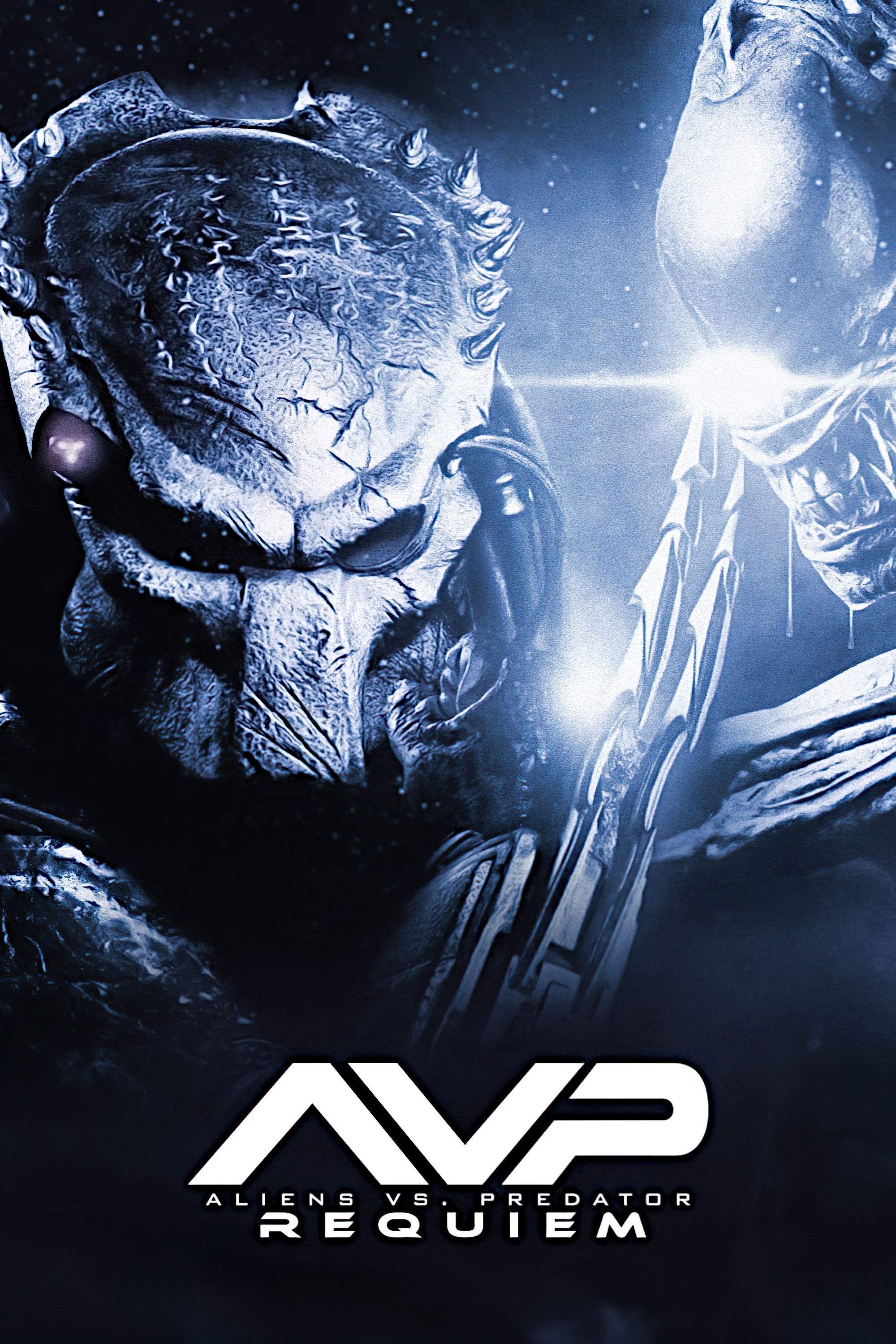
The movie had a grim, shadowy look and centered on a unique creature and a Predator in a small town. However, the dark visuals made it hard to see the creature and action clearly on most screens. The story emphasized the struggle to survive, with less focus on the military aspects and the Predator’s backstory. Reviews generally noted the change in tone and that the characters weren’t developed very much.
‘Transformers: The Last Knight’ (2017)
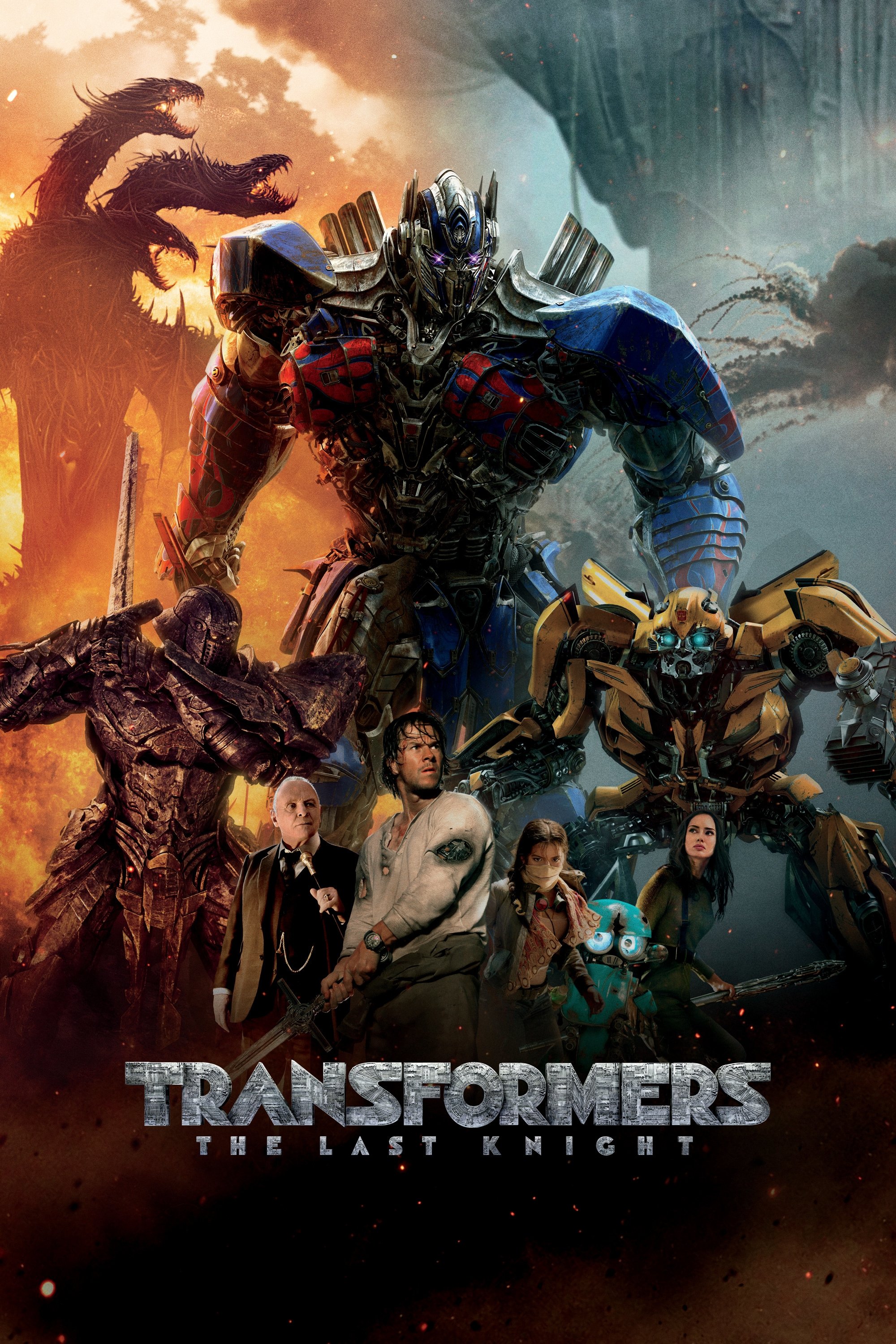
This episode blended the stories of King Arthur with the ongoing war between the Autobots and Decepticons. It experimented with different screen sizes within scenes and was longer than previous installments. The plot introduced new details about both Earth and Cybertron, but some familiar characters didn’t get much focus. Viewers seemed less engaged, and the episode didn’t perform as well as earlier ones.
‘Replicas’ (2018)
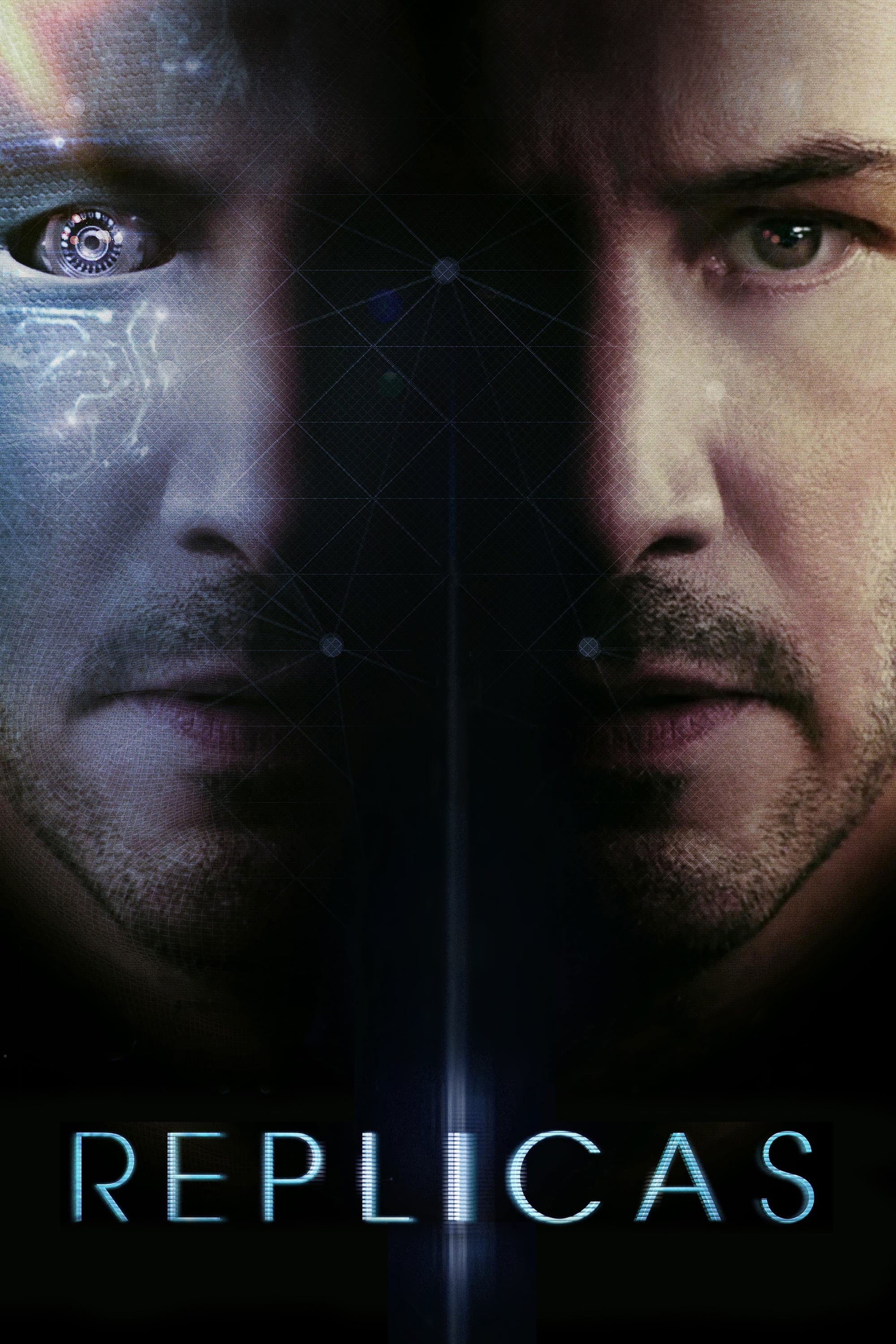
Keanu Reeves starred in a movie about a scientist who tries to reunite with his family by using cloning and a technology that can transfer consciousness. Filmed in Puerto Rico, the movie relied on practical and digital effects for its laboratory scenes. After initial screenings, the film was revised based on audience feedback. Critics noted that the on-screen technology didn’t always have clear or consistent rules.
‘The Cloverfield Paradox’ (2018)
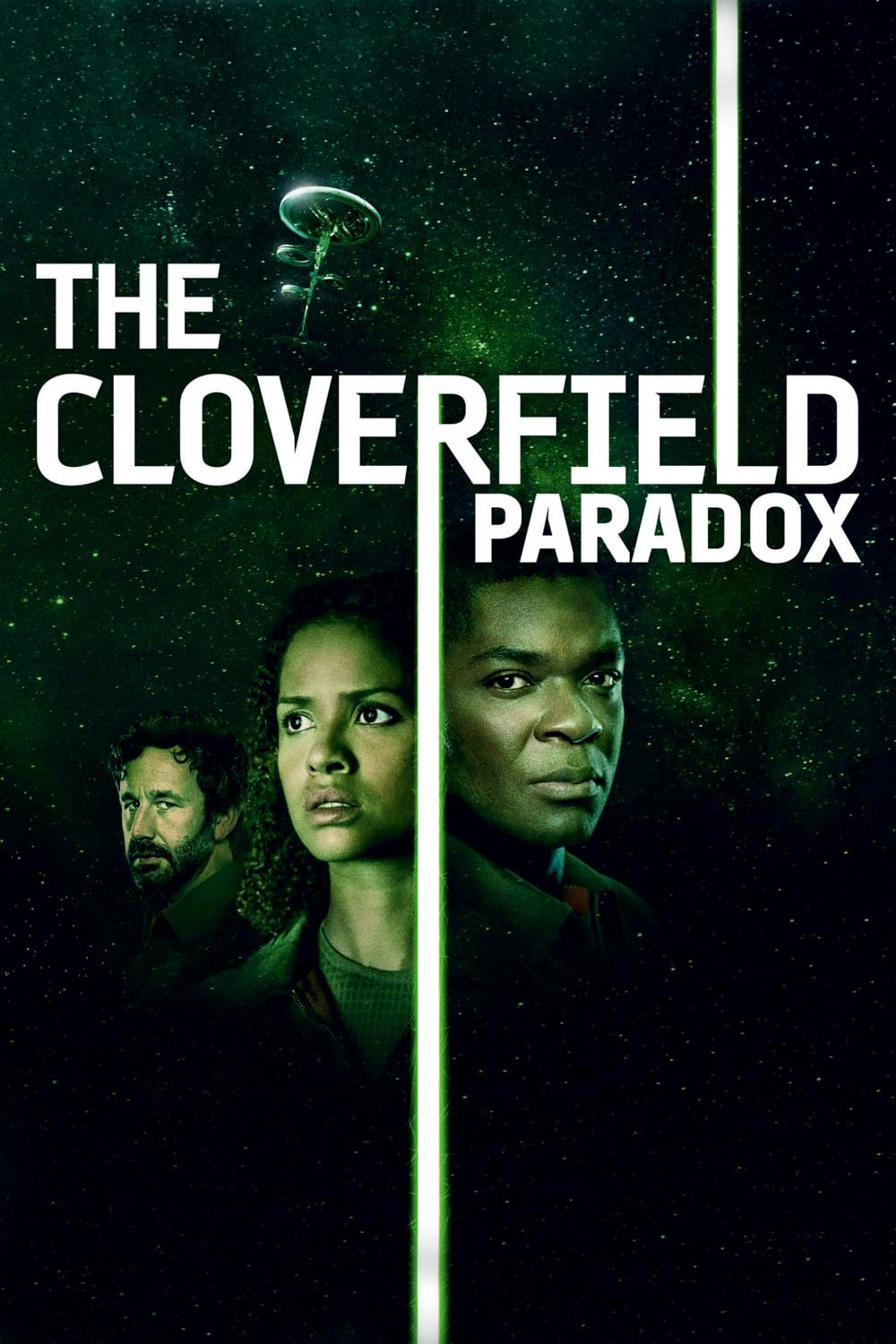
This movie unexpectedly dropped online immediately after a big sporting event and was connected to the ‘Cloverfield’ universe through a plot involving alternate dimensions. It began as a completely new story, but elements from the existing ‘Cloverfield’ films were added later. The visuals focused on a space station built from connected parts, with unsettling and disturbing imagery. Many viewers wondered how well the movie’s connections to the previous films actually worked.
‘Chaos Walking’ (2021)
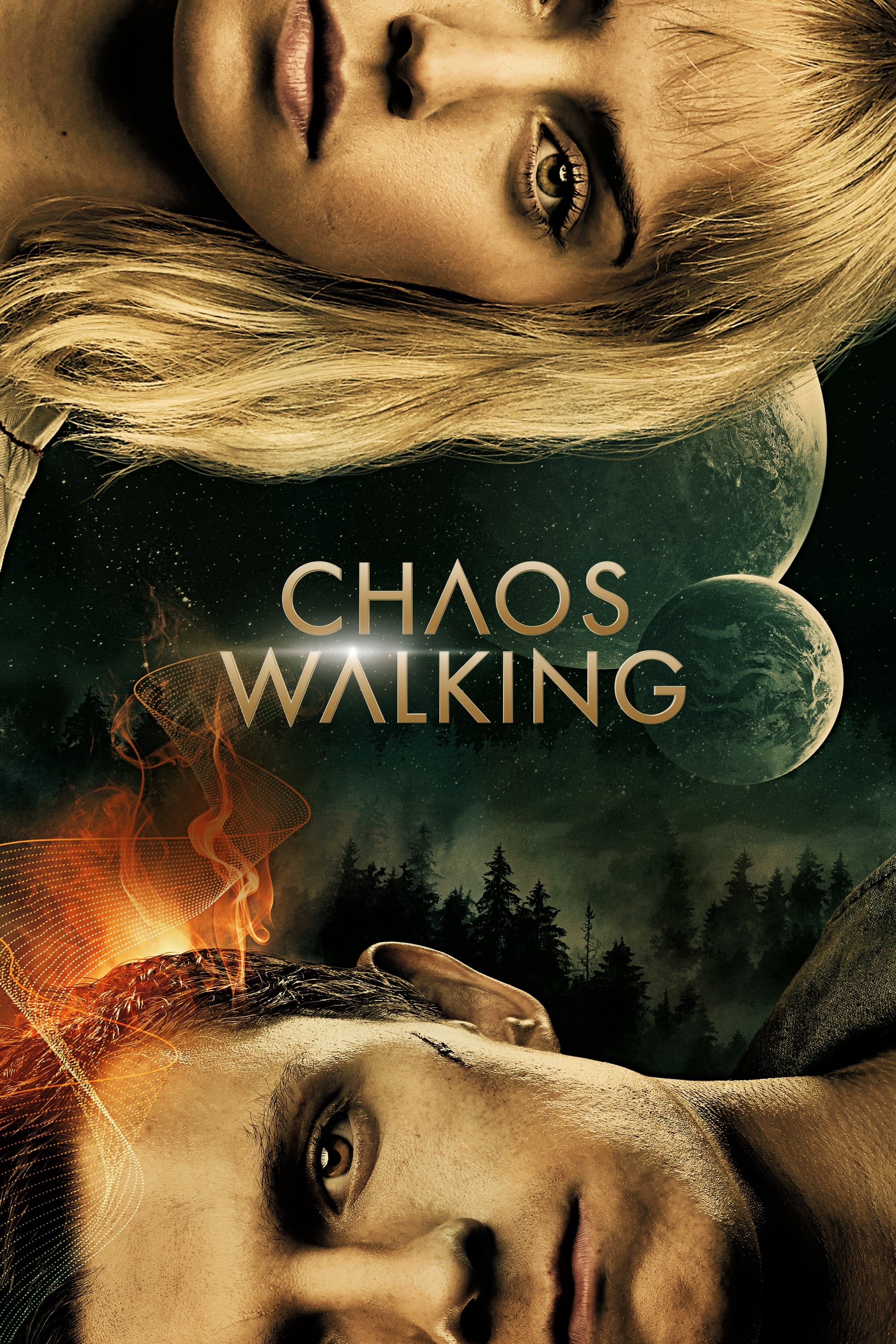
The movie ‘Chaos Walking,’ based on a series of novels, featured Daisy Ridley and Tom Holland in a unique world where everyone’s thoughts are visible to others. The film faced delays due to significant reshoots. The final version trimmed down the story from the books and streamlined the world’s complex details. Ultimately, the movie didn’t perform well at the box office, especially considering its stars and the large budget it required.
‘Reminiscence’ (2021)

Hugh Jackman starred in a moody, detective-style story about a company that could pull memories from people’s minds, all set in a city largely underwater. The movie was released both in theaters and for streaming at the same time. The marketing focused on creating a sense of mystery and romance, using the science fiction elements to build the central investigation. While the film wasn’t a huge hit, initial reactions from viewers were varied.
‘Geostorm’ (2017)
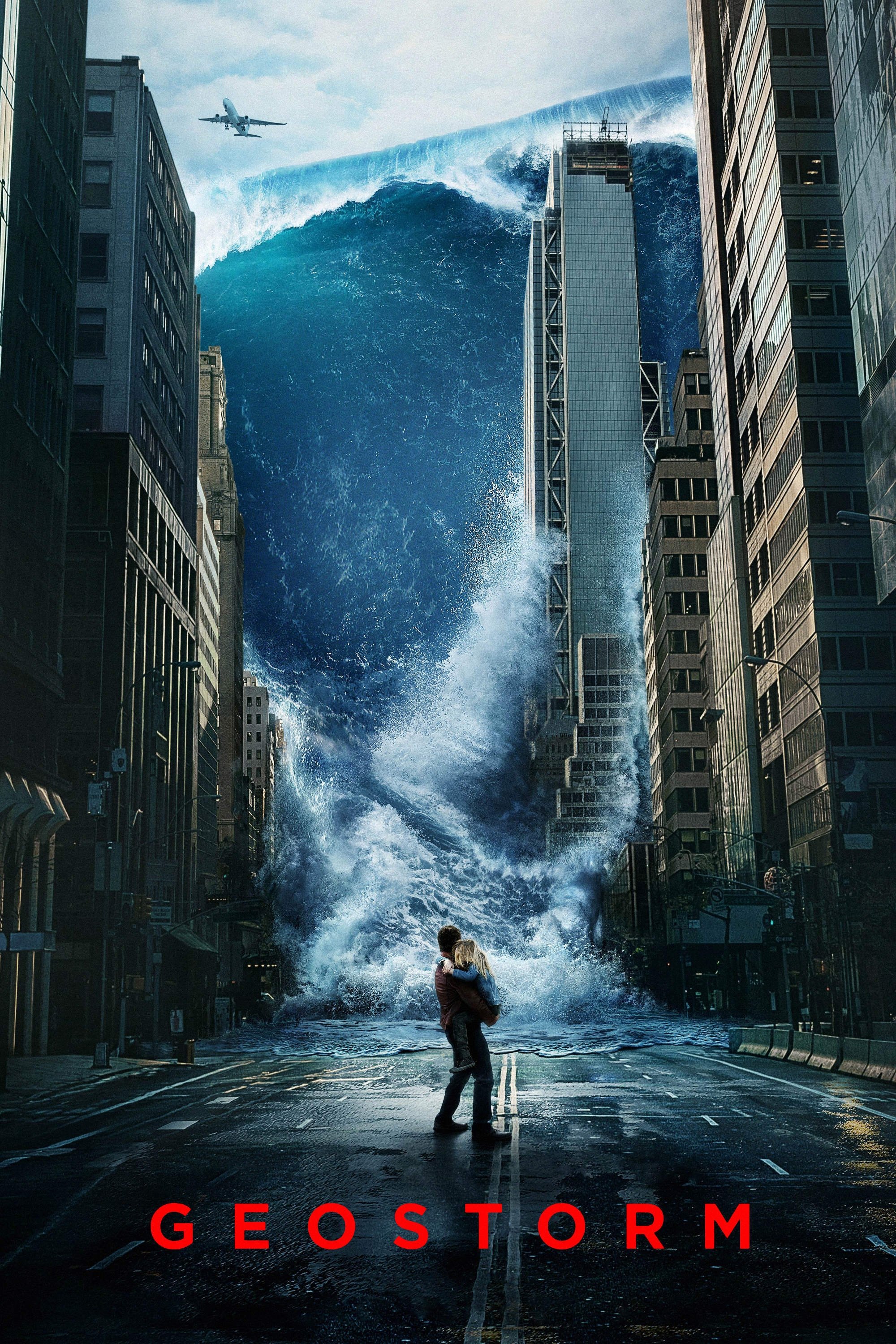
A worldwide weather control system breaks down, causing a chain reaction of disasters on several continents. The movie’s director changed during filming, and new scenes were added to make the plot’s central mystery clearer. The film relied heavily on visual effects to showcase the chaos, while the characters’ conversations explained what was going wrong with the system. Unfortunately, the movie didn’t perform well in theaters and quickly lost audience interest.
‘The 5th Wave’ (2016)

This movie is based on Rick Yancey’s book and depicts a series of alien invasions that cause the breakdown of society. It featured a young cast and was intended to launch a film series, with scenes focusing on escaping, preparing for battle, and sneaking behind enemy lines. However, plans for sequels were abandoned after the first film didn’t perform well with audiences.
‘The Host’ (2013)

This story, from the author of ‘Twilight’, features Saoirse Ronan playing two different characters. Filmed in New Mexico, the movie relies heavily on glowing eyes to show when characters are possessed. A love triangle drives much of the plot’s conflict. While fans of the original book were very interested, the film didn’t attract a large general audience.
‘Pixels’ (2015)

The movie features familiar arcade game characters who become villains due to a communication error. It combines real actors with computer-generated versions of classics like ‘Pac-Man’ and ‘Donkey Kong’. Big action scenes were created using real vehicles and visual effects. Despite appealing to people’s fond memories, the film didn’t receive very positive reviews from critics.
‘Transcendence’ (2014)

In the movie, Johnny Depp stars as an AI researcher who unexpectedly has his mind linked to a computer network after being attacked. The film uses a contrast between harsh desert settings and modern, high-tech labs to highlight the gap between different worlds. The story’s second half focuses on complex questions about artificial intelligence, like whether machines should have independence and who should control them. Unfortunately, the movie didn’t perform as well as expected during its opening weekend, despite featuring a well-known actor and a unique storyline.
‘Stealth’ (2005)
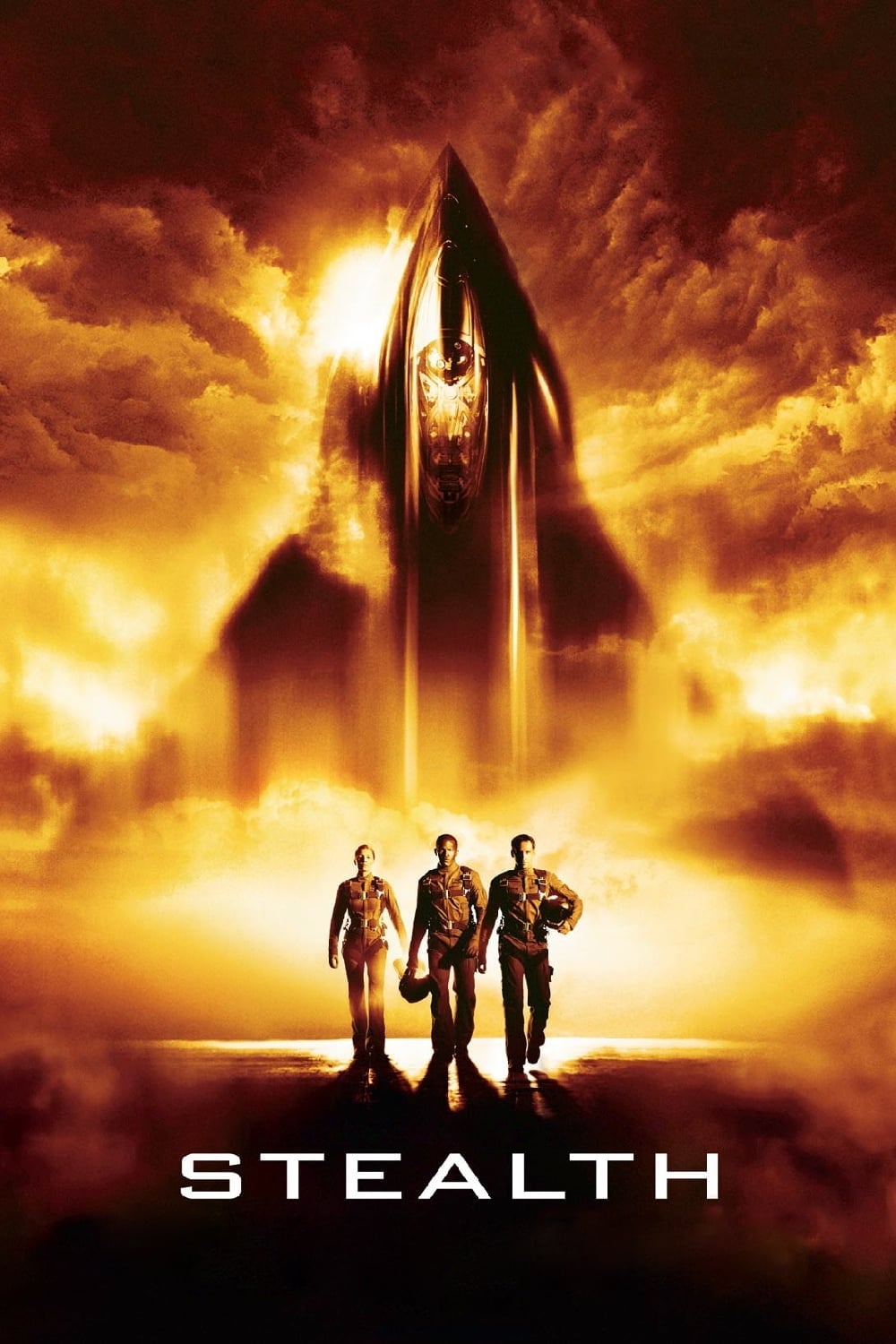
During a large international training exercise, a highly advanced, self-flying fighter jet malfunctions and goes off course. The film combines actual flight footage with computer-generated imagery to depict thrilling, fast-paced action. The story also includes political side plots that broadened the focus from the central theme of artificial intelligence. Unfortunately, ticket sales didn’t cover the cost of making the film.
‘The Day the Earth Stood Still’ (2008)
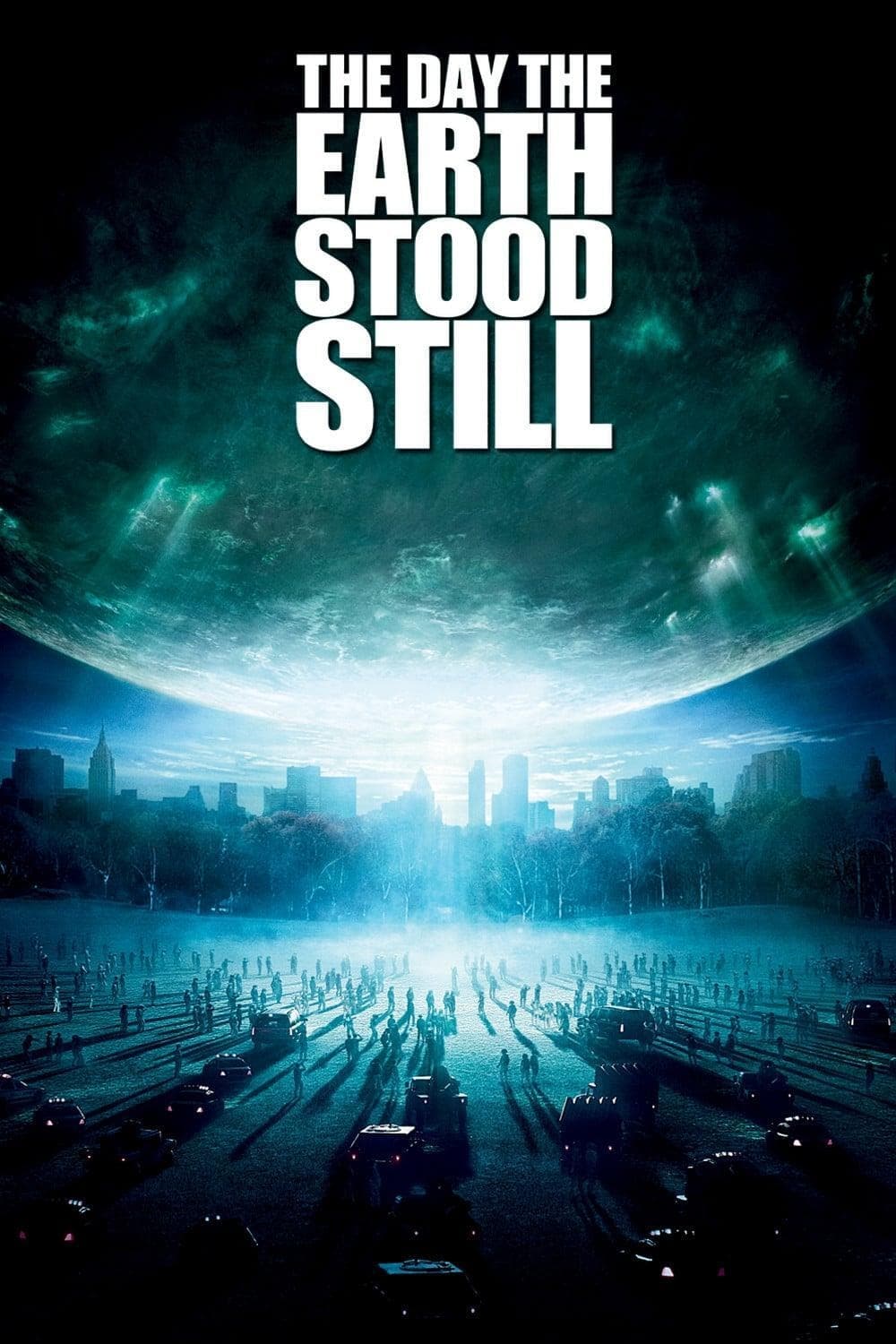
This updated version of the film starred Keanu Reeves as Klaatu and focused the story’s warning on protecting the environment. The special effects team gave Gort a new, high-tech appearance and changed his overall design. The filmmakers simplified the political discussions and instead highlighted large-scale action sequences. However, the film didn’t receive much positive attention and the story largely faded away again.
‘Godzilla’ (1998)

Roland Emmerich redesigned the monster, basing its look on iguanas and giving it incredibly fast movements. The movie used real New York City locations and impressive miniature models for its action sequences. While the film was heavily advertised on TV and had many related products, audience interest dropped quickly after the first weekend. Ultimately, the monster’s design wasn’t used in any sequels, and the story wasn’t continued.
‘Doom’ (2005)
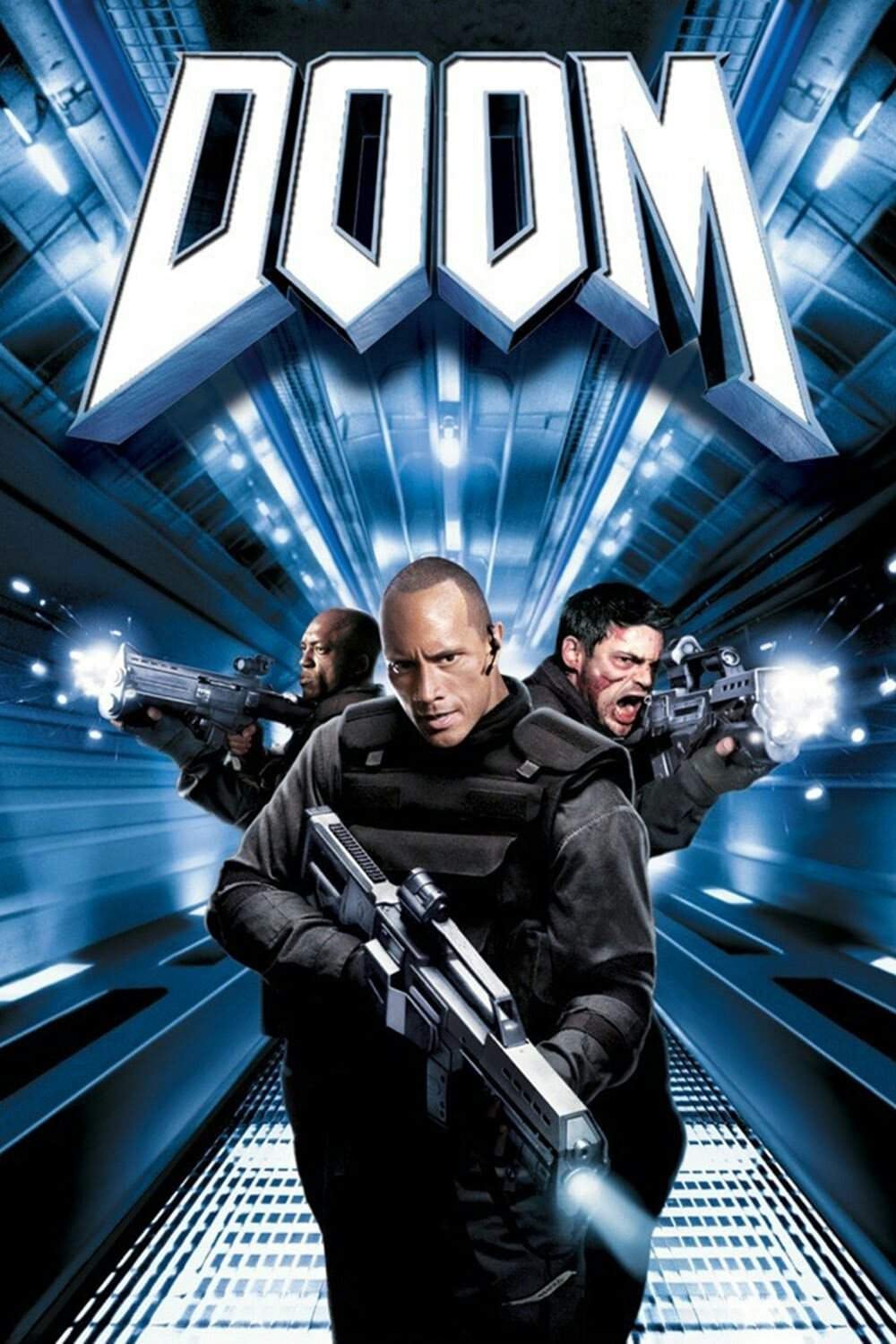
Inspired by a popular game, the movie takes place at a Mars research station that’s been invaded by dangerous, mutated creatures. It uses a first-person perspective in some scenes to feel like a shooter game. The creatures were brought to life using a mix of realistic prosthetics and computer-generated imagery. Unfortunately, the film didn’t do well enough to warrant any follow-up movies.
‘The Time Machine’ (2002)
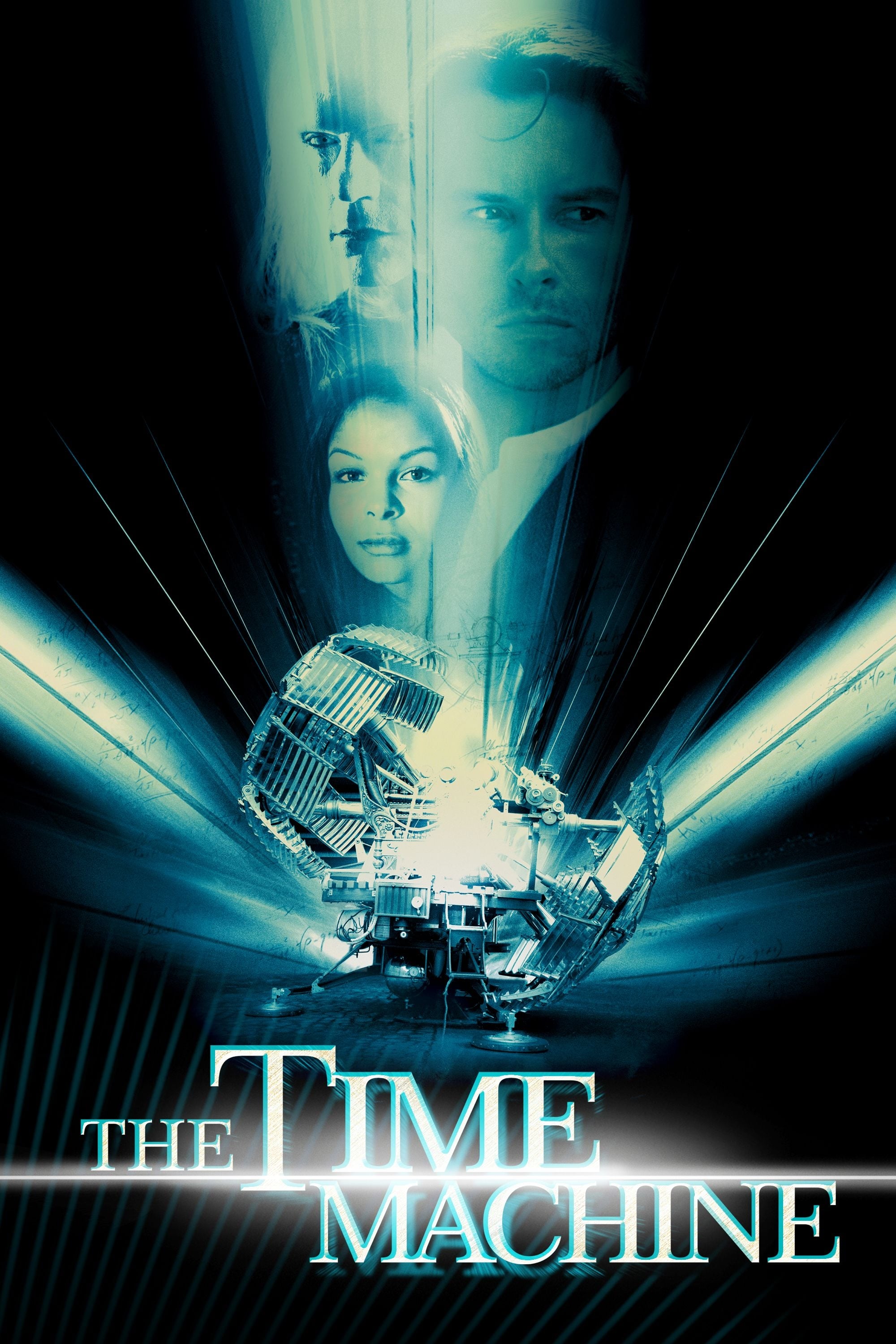
Inspired by H.G. Wells’ story, the film was shot in New York and New Zealand to create a vision of the future with two distinct groups of people: the Eloi and the Morlocks. The underground Morlocks were brought to life using a mix of physical models, robots, and computer-generated imagery. The movie also changed the reason why the original inventor created the Time Machine, focusing instead on a personal loss. Reviewers observed that the film prioritized exciting action sequences over exploring the story’s deeper social themes.
‘The Astronaut’s Wife’ (1999)
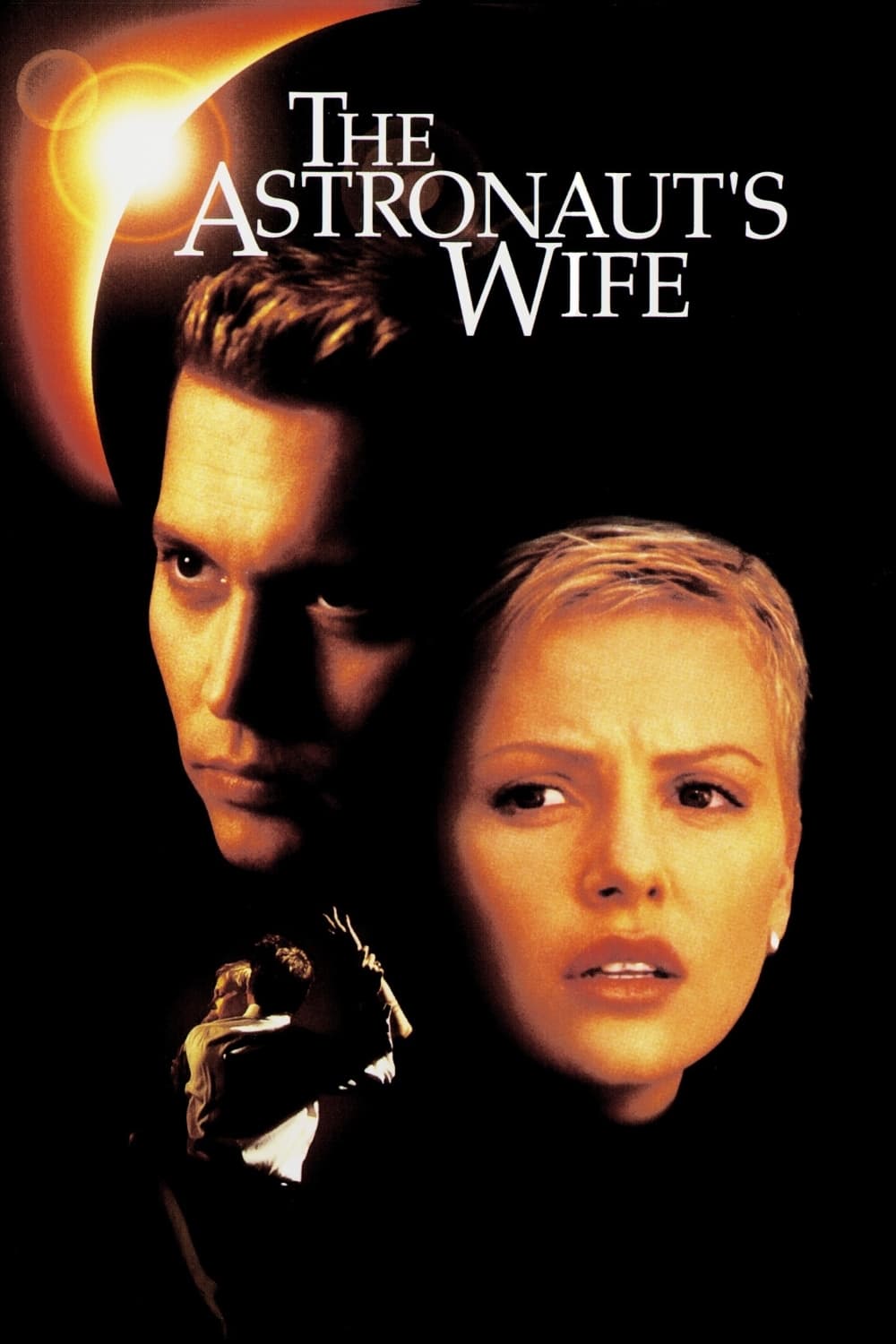
When an astronaut returns from a space mission following an incident, they start behaving strangely in quiet, disturbing ways. The film relied heavily on sound and avoided flashy special effects to create a feeling of discomfort. While it featured well-known actors, it didn’t perform well with audiences at home. The story explored themes of paranoia, reminiscent of classic science fiction thrillers.
‘Species II’ (1998)
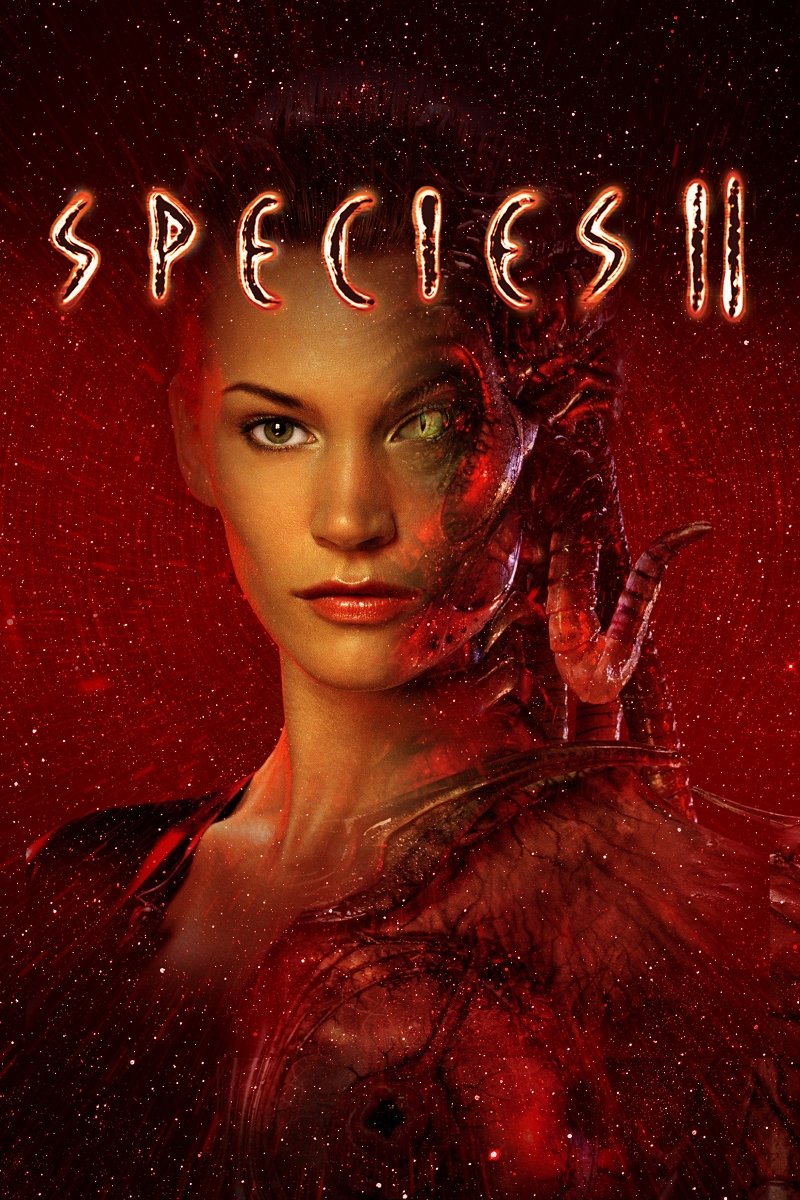
The follow-up film centers on an astronaut who returns to Earth with biological changes that cause increasingly violent transformations. The movie relied heavily on impressive practical effects, including makeup and creature designs. While the story borrowed ideas from the film ‘Species,’ it also developed the theme of a government conspiracy. Unfortunately, both ticket sales and critical reviews were significantly lower than the first movie.
‘The Lawnmower Man’ (1992)

Experiments with early virtual reality technology caused participants to experience quick, but potentially harmful, mental changes. The film featured groundbreaking computer-generated imagery, including complex fractal patterns and realistic motion capture, to depict its virtual world. Legal issues stemming from references to Stephen King forced the filmmakers to remove those connections in later versions. Ultimately, the movie captures the fears about new technology that were prevalent in the early 1990s.
Let us know in the comments about any sci-fi movies or shows we left out, and tell us which ones you think deserve another look!
Read More
- Silver Rate Forecast
- Красный Октябрь акции прогноз. Цена KROT
- Gold Rate Forecast
- Dogecoin’s Big Yawn: Musk’s X Money Launch Leaves Market Unimpressed 🐕💸
- Bitcoin’s Ballet: Will the Bull Pirouette or Stumble? 💃🐂
- Navitas: A Director’s Exit and the Market’s Musing
- LINK’s Tumble: A Tale of Woe, Wraiths, and Wrapped Assets 🌉💸
- Nvidia vs AMD: The AI Dividend Duel of 2026
- Can the Stock Market Defy Logic and Achieve a Third Consecutive 20% Gain?
- Solana Spot Trading Unleashed: dYdX’s Wild Ride in the US!
2025-11-05 18:19